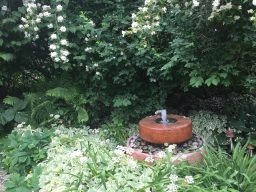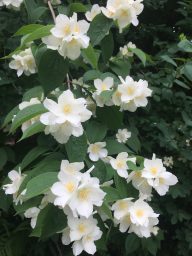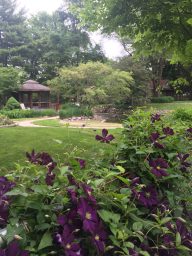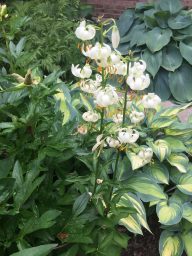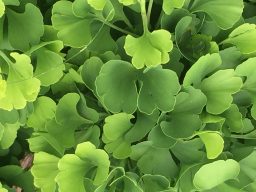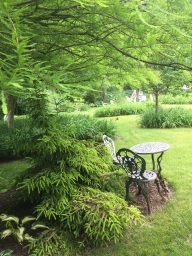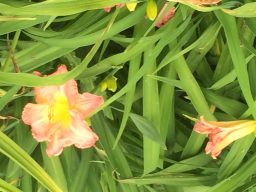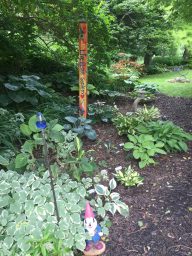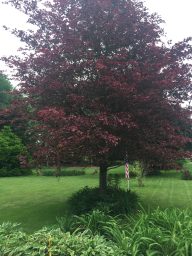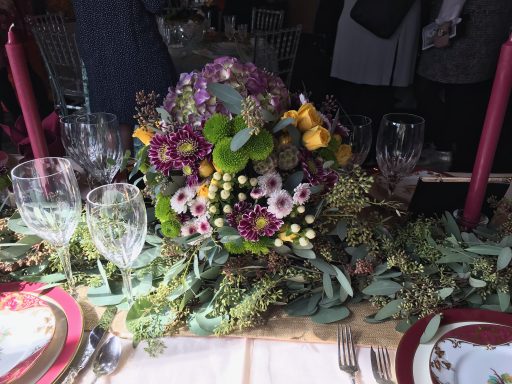

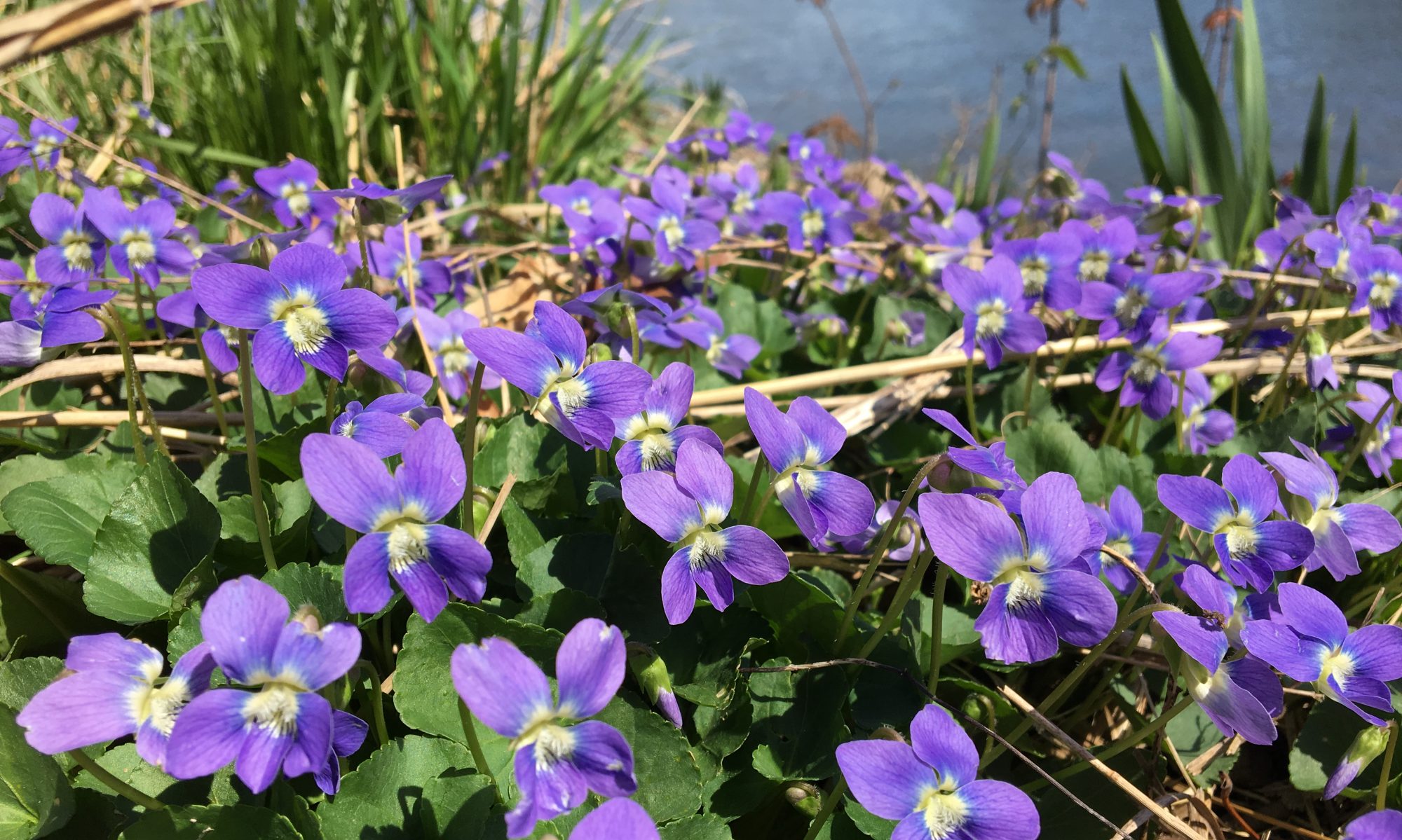
Wheaton, Illinois


In most areas it is still possible to do dormant spraying of fruit trees until the 15th, after that date dilute the spray by 1/2. Spraying should be done on a still day with the temperature above 40 degrees F.
Late March and early April is a good time to transplant shrubs and trees. As soon as the soil is workable, but before buds have swelled or broken open, you can move shrubs and trees.
Fertilize shrubs and trees if this wasn’t done in February. Use an acid type rhododendron fertilizer to feed evergreens, conifers, broad leaf evergreens, rhododendrons, azaleas and camellias. Use an all-purpose fertilizer to feed roses and other deciduous trees and shrubs. If you use granular type fertilizers, be sure to water it in thoroughly.
Finish pruning fruit trees this month – before the buds swell.
There is often a strong temptation to start removing winter mulches from your flower beds…. WAIT!!! Pull the mulch off gradually as the plants show signs of new growth. The purpose of winter mulch is to act as a protector from sudden changes of temperature and chilling winds, so keep in mind that it is still winter. Acclimatize your plants by removing the mulch over a period of days, allowing the light and air to reach the new growth slowly. It is much better to remove the mulch a little later than to remove it to early.
Continue reading “Horticulture Report – March 2019”Hurry Spring!
2 flats of seeds sown. Spring can’t come soon enough!
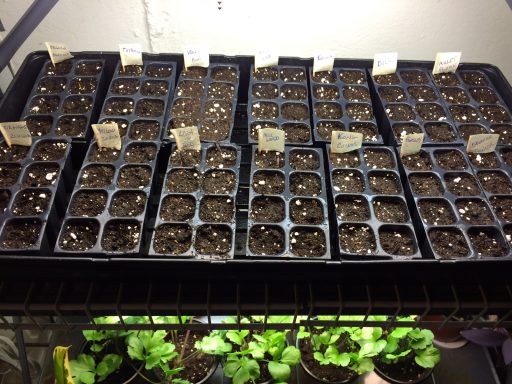
 Welcome to the WGC Plant Sale
Welcome to the WGC Plant SalePlease Submit your order no later than
Friday, March 1, 2019.
Thank you for your order and continued support!
ORDER PICKUP:
SATURDAY, MAY 18th 1:00-3:00 PM
0N650 COVENTRY, WHEATON
(Please note this is a new pick up location)
Direct questions to Rosanne Merrill at 630-681-9181
or Gail DaVall 630-335-4486.
Need some gardening Inspiration?
Please note that plant pick-up is one day only. If you cannot pick-up your plants on that day, please arrange for someone else to pick them up for you. The Wheaton Garden Club cannot be responsible for the condition of plants not picked up on May 18th.
It’s really hard to get motivated to do much of anything outdoors, but there are a few tasks and chores which you should do on those days when the weather is favorable! For a much cold ambiance use the ceiling fans atlanta ga !
Here are a few gardening tasks and projects that you can do this month to help keep your garden looking it’s best for the rest of this season, and prepare for the long cold winter and upcoming spring, learn more from Landscapers Fort Wayne.
Perennials, annuals, and bulbs
Make sure that the canes of your climbing roses and other vining plants are securely fastened to their supports. Winter winds can whip and severely damage unprotected plants. Don’t tie them so tightly that the string or twist-tie cuts into the stem. I recommend using a length of an old nylon stocking because it will stretch as the plant grows, rather than cutting into the stem, as string will do. Continue reading “Horticulture Report – November 2018”
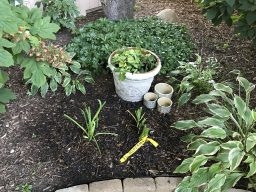 Day Lillies planted this afternoon in my garden. Both I won at our September meeting. One is from our speaker’s garden and one from LindaLee’s garden. I’m excited to see how they bloom next summer! I’ll post again when they bloom in 2019!
Day Lillies planted this afternoon in my garden. Both I won at our September meeting. One is from our speaker’s garden and one from LindaLee’s garden. I’m excited to see how they bloom next summer! I’ll post again when they bloom in 2019!
Perennials, annuals, and bulbs
During the fall months of September, October and November, after soil temperature drops below 60°F, the bulbs of spring – tulips, daffodils, hyacinths, scilla, dwarf irises, anemone, and crocus should be planted. Add bone meal or bulb fertilizer into the planting hole as you prepare the soil.
Winter pansies, flowering kale, flowering cabbage, and fall mums may be planted now, to give a little color to the garden when the summer flowers have faded away.
Scatter the seeds of perennials in a row or in open beds this month so that the young seedlings will be ready to be transplanted into their permanent spot next spring.
As the weather cools, perennials which have overgrown their space or become crowded should be dug and divided, or moved to a new area of the garden. New or replacement perennials can also be planted this month.
September 2018




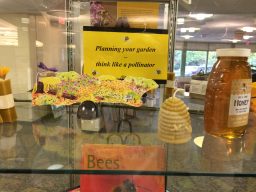
 j
j
This picture was posted on Facebook by the DuPage Monarch Project. The poster was donated to the library by the Wheaton Garden Club. Thank you Wheaton Public Library for displaying!
